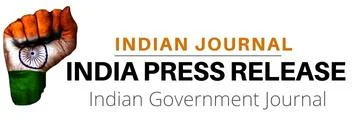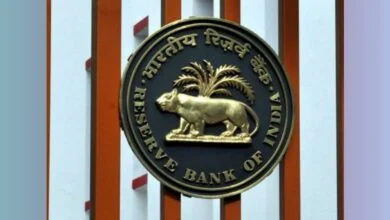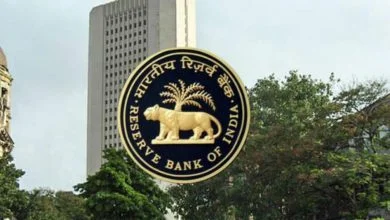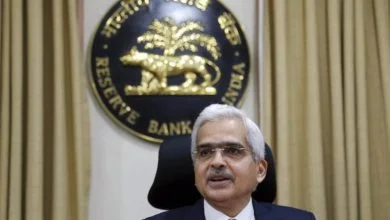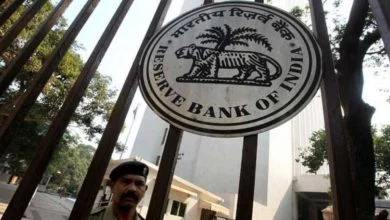Monthly Bulletin for June 2020
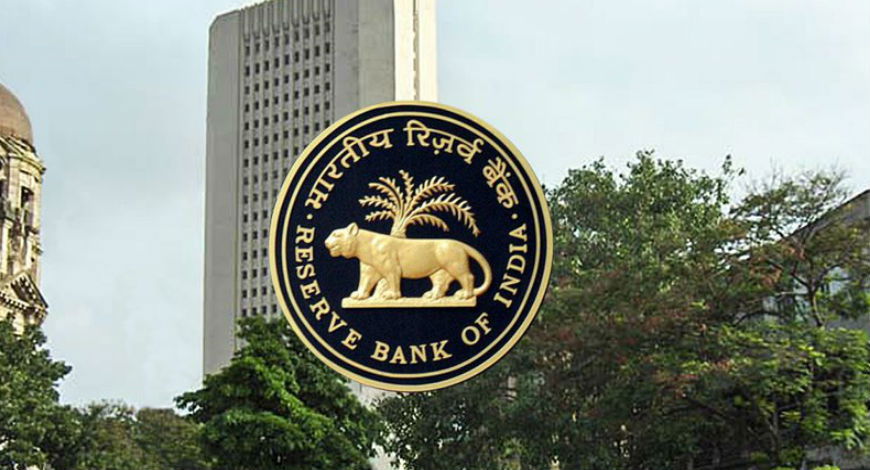
The Reserve Bank of India today released the June 2020 issue of its monthly Bulletin. The Bulletin includes RBI Governor’s statement, Monetary Policy Statement, 2020-21, Statement on Developmental and Regulatory Policies, four Articles and Current Statistics.
The four articles are: I. Quarterly Estimates of Households’ Financial Assets and Liabilities; II. Issues in Non-Bank Financial Intermediation; III. Market Financing Conditions for NBFCs: Issues and Policy Options; and IV Provisional Accounts of Central Government Finances 2019-20: An Assessment.
I. Quarterly Estimates of Households’ Financial Assets and Liabilities
Households are the main suppliers of the financial resources to other sectors of the economy. Their role is likely to become critical in the context of the ongoing slowdown and, more recently the life-threatening COVID-19 pandemic. Information on movement in financial assets and liabilities of households on a quarterly basis can provide a better understanding of the dynamics of growth in the Indian economy. This article updates the March 2018 pilot exercise and consolidates information on households’ financial assets and liabilities for twelve quarters extending to March 2020.
Highlights:
- Net financial assets of Indian households after having moderated in 2018-19, gathered pace in 2019-20 touching the levels reached in 2017-18, i.e., 7.7 per cent of GDP. The improvement has occurred due to moderation in household bank borrowings being sharper than those in bank deposits.
- Households’ gross financial liabilities turned negative in Q1:2019-20 owing mainly to contraction in borrowings from commercial banks, but picked up thereafter and peaked in Q4:2019-20, reflecting apart from the seasonal uptick, higher borrowings induced by COVID-19 related hardships.
- Both financial assets and liabilities of households remain bank-centric, with some shift in favour of mutual funds and insurance in recent quarters.
- A seasonal pattern is discernible in at least three financial instruments, namely, currency and bank deposits on the assets side, and bank borrowings on the liabilities side.
- While acquisition of currency peaks in the first quarter, deposits and loans from the banks expand in the last quarter of the financial year.
II. Issues in Non-Bank Financial Intermediation
The economic disruption due to the COVID-19 pandemic has led to a widespread and synchronised retreat from credit risk exposures in both advanced and emerging market economies, leading to large asset price corrections in debt markets amidst amplified volatility. This article highlights some structural risks inherent in open-ended debt mutual funds in India and subsequently outlines some modifications in the extant policy framework to help mitigate the spillover risks from the debt mutual fund sector, thereby strengthening the resilience of the mutual fund industry and in turn that of the financial system.
Highlights:
- Institutions and high net-worth individuals dominate the investor profile of open-ended debt mutual funds. Such investor profile makes these funds more susceptible to correlated withdrawals. Such withdrawals during stressed times lead to lack of tradeable counterparties due to risk aversion, which may result in large swings in prices further accentuating the trend. This can have further implications given the increasing interconnectivity between Non-Banking Financial Companies (NBFCs)/Housing Finance Companies (HFCs) and mutual funds.
- Offering Mutual Fund units repayable on demand where the net asset value (NAV) impact is passed through to the investor is akin to offering deposits repayable on demand as in banks but without the cushion of high-quality liquid assets (HQLAs)/ reserve requirements / lender of last resort and hence amounts to significant regulatory advantage. The issue is particularly relevant for jurisdictions where the investor base is narrow/concentrated and secondary debt markets are illiquid.
- Given the dichotomy between economies of scale of a fund with large assets under management (AUM) and its adverse spillovers leading to macroprudential concerns during stressed times, there’s need for a holistic approach, balancing the size and vulnerability, specifically with regard to open-ended debt funds. One particular way to address the same may be through stipulating that the ratio of government securities in incremental holding should increase as the size of a debt scheme increases.
III. Market Financing Conditions for NBFCs: Issues and Policy Options
NBFCs play an important role in promoting inclusive growth and their significance in the Indian financial landscape has increased during the past years. The IL&FS related developments in 2018 brought the sector under greater market discipline and the market borrowing costs increased for entities, especially those with perceived asset-liability mismatch (ALM) issues and/or asset quality concerns.
The recent COVID-19 related disruptions and the developments in the mutual fund sector, which have emerged as one of the major lenders to the NBFC sector, have further impacted the market financing conditions for NBFCs. The article examines the impact of these recent developments on the market financing conditions for NBFCs and assesses potential risks. The analysis is restricted to NBFCs’ market liabilities and does not factor in the potential ameliorating impact of bank credit to NBFCs, which have showed a robust increase during FY 2018-19 and 2019-20. The analysis is based on data up to end April 2020.
The article assesses that financing conditions have become challenging in recent times, especially for lower rated NBFCs, due to overall environment of greater risk sensitivity and heightened risk aversion. Measures undertaken by the Reserve Bank have considerably eased the stress in market conditions. The article concludes that further policy interventions to ensure flow of funds to credit-worthy entities and obviate any systemic risks may be needed.
Highlights:
- Market financing conditions for NBFCs, assessed through various market metrics, have shown sign of deterioration post the outbreak of COVID-19, especially for lower rated /private sector NBFCs.
- There are near-term scheduled redemptions of commercial papers and corporate bonds issued by NBFCs. To a certain extent, these could be bridged through increased bank borrowing and / or group support by some NBFCs. However, given the current financing conditions and developments in the mutual fund sector, the possibility of liquidity pressures remaining elevated for some of these NBFCs, especially those with high dependencies on market borrowing, cannot be ruled out.
- Regulatory / liquidity measures taken by the Reserve Bank have had a salutary impact on financial markets. However, stress is still visible in certain areas of the market. The emerging developments indicate the need for policy interventions, which go beyond liquidity related measures to credit related ones. There is a need for ensuring flow of credit/liquidity to NBFCs with concrete credit backstop to address the risk aversion in the system.
- Recent Government measures for NBFCs, such as the Special Liquidity Scheme and the Partial Credit Guarantee Scheme are expected to improve the market financing conditions for the sector.
IV. Provisional Accounts of Central Government Finances 2019-20: An Assessment
This article presents a synoptic overview of the provisional accounts (PA) of the central government finances for 2019-20 released by the Office of Controller General of Accounts (CGA) on May 29, 2020.
Highlights:
- The provisional accounts place Centre’s gross fiscal deficit (GFD) at 4.6 per cent of GDP for 2019-20, overshooting both the revised estimates (3.8 per cent of GDP) and the budget estimates (3.3 per cent of GDP).
- Cyclical factors driven by growth slow down and structural factors driven primarily by corporate tax reform measures have equally shared in the fiscal slippage during 2019-20 BE to PA. Adjusting for the cyclical effects, the GFD works out to 4.0 per cent of GDP, lower by 61 basis points than the provisional estimates.
- While tax buoyancies have seen a significant decline, any significant curtailment in expenditure has been avoided in view of the economic slowdown that became accentuated from the second half of 2018-19.
- With these revised fiscal figures, it may be pertinent to observe that India has entered the COVID-19 pandemic at a relatively weaker starting position when compared with the pre-global financial crisis period and also vis-à-vis some of its peers.
